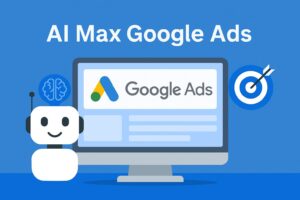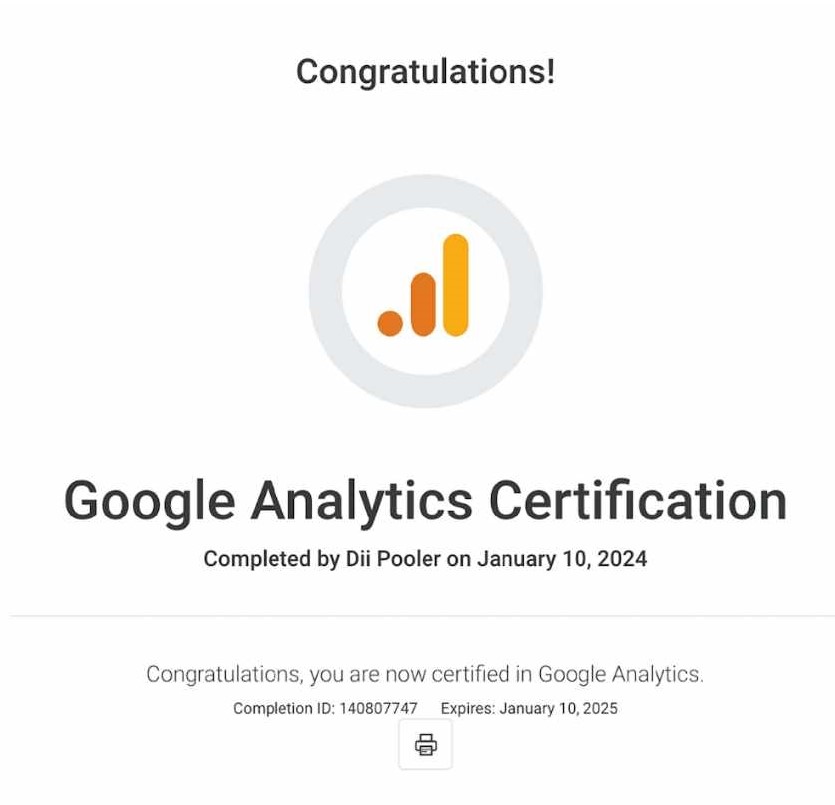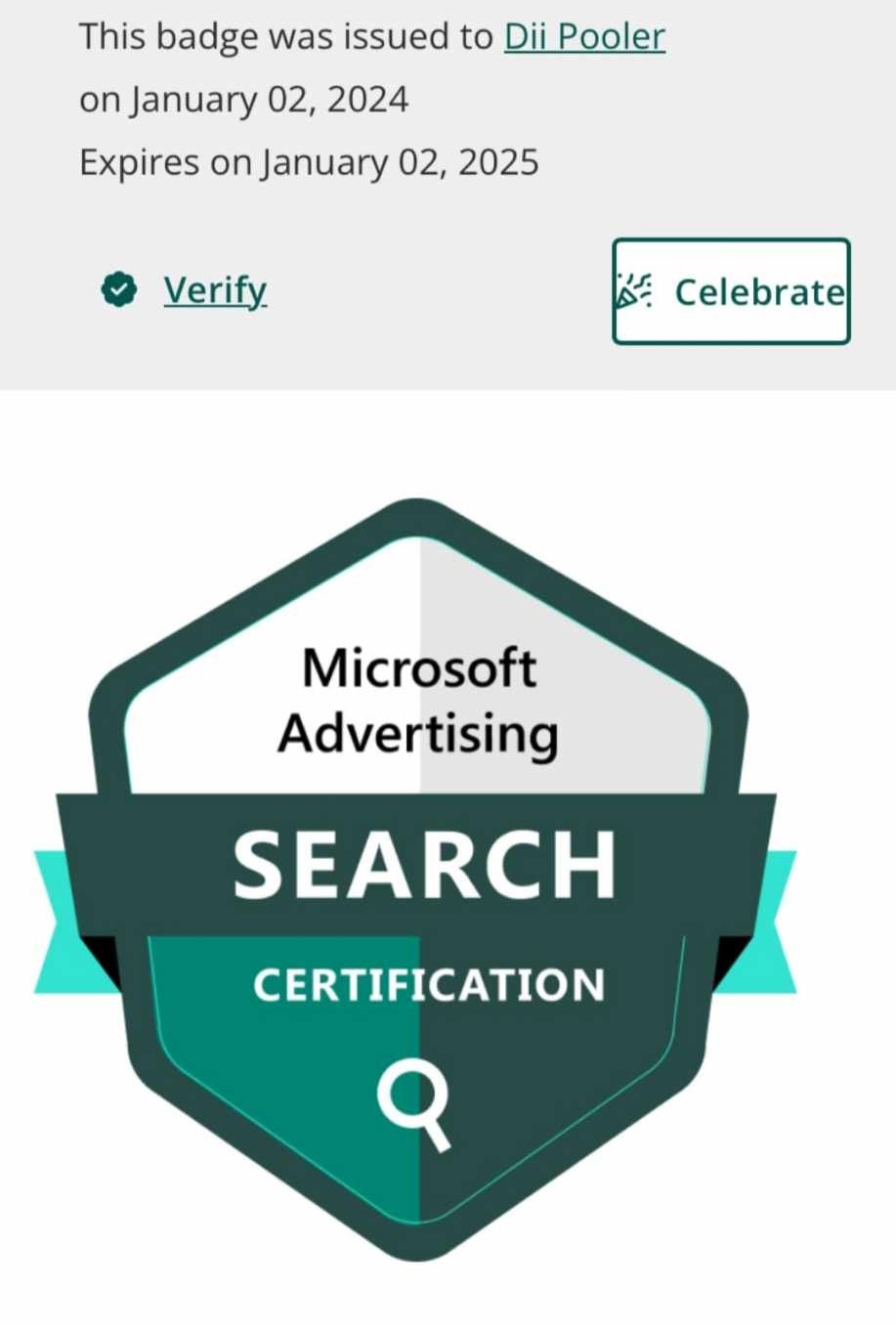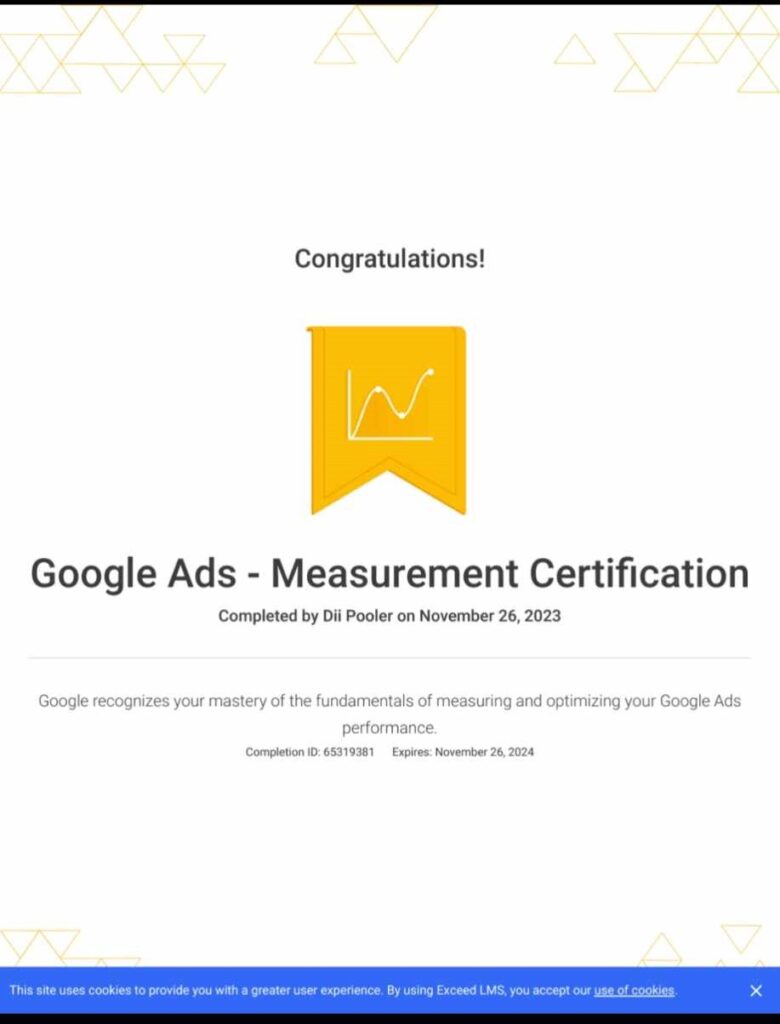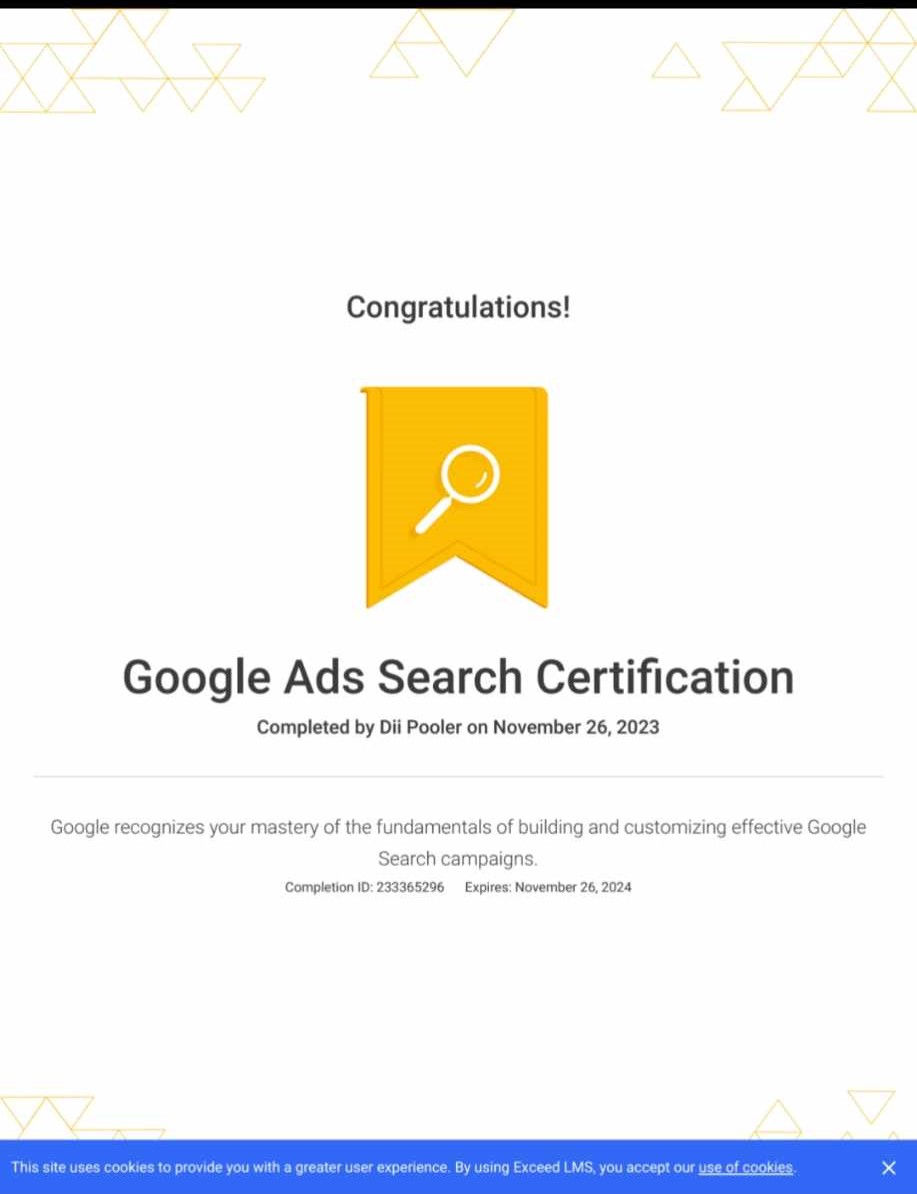Google offers diverse avenues for businesses to captivate their target audiences, and among these powerful tools are Google Demand Gen Ads and Google Display Ads. Below are critical distinctions between these advertising giants, providing insights to help marketers & entrepreneurs strategically navigate their digital campaigns.
Google Demand Gen Ads: Revolutionizing Audience Engagement
Introduced at Google Marketing Live 2023, Google Demand Gen Ads leverages the extensive Google network across visually-driven platforms like YouTube, Discovery, and Gmail to influence consumers in their early engagement phase (Google, 2023).
Key Features:
• Broad Reach Across Platforms: Google Demand Gen Ads leverages YouTube, with its over 2 billion logged-in monthly users, and the Google Discovery Feed, a personalized content feed designed to serve users a mix of news, articles, and other content tailored to their interests, activities, and search history. It keeps users engaged by delivering relevant, interest-based content without requiring a specific search query. Demand Gen Ads place brands directly in sight of potential customers during their leisure and discovery moments online, significantly amplifying the potential for engagement and interest generation.
• Enhanced Visual Engagement: These campaigns thrive on rich media, combining videos, images, and interactive elements to grab attention and spark interest (Smith, A., 2023).
• Strategic Audience Targeting: Utilizing advanced targeting options, including lookalike audiences, Demand Gen Ads focus on reaching new, relevant users likely to develop an interest in the brand or product.
Google Display Ads: The Backbone of Visual Advertising
Google Display Ads offers a broad canvas for brands to communicate their message across millions of websites within the Google Display Network (GDN), a vast collection of over 2 million websites, videos, and apps where ads can appear. It reaches over 90% of Internet users worldwide, including sites like YouTube, Blogger, and Gmail. This platform excels in brand awareness and retargeting strategies by placing ads on relevant sites visited by potential customers (Google Ads Help, n.d.).
Key Features:
• Enhanced Visibility Across Platforms: Google Display Ads amplify your brand’s presence across popular platforms such as YouTube, Blogger, and Gmail, providing a cohesive advertising experience across digital domains where audiences spend most of their time.
• Flexible Creative Formats: Display Ads support various formats, including text, image, interactive, and video ads, allowing marketers to craft compelling messages tailored to their audience (Chaffey, D., 2021).
• Targeted Advertising: Google Display Ads offer sophisticated targeting such as contextual targeting, interest targeting, and retargeting.
Contextual targeting involves website ads containing content relevant to the advertised product or service. This method uses keywords, the subject of the content, or the website’s themes to match ads with related sites in the Google Display Network. One example of this is an ad for running shoes that might appear on sports news sites or blogs about fitness. The primary advantage of contextual targeting is that it ensures ads are shown to users already reading or engaging with related content.
Interest targeting reaches users based on their interests, hobbies, and past online activities. Google categorizes users into various interest groups based on their browsing behavior, the types of websites people visit, and how they interact with content online. For example, an advertiser selling musical instruments might target users interested in music and band activities. Interest targeting helps advertisers connect with people who may not be actively searching for their product or service at the moment but have shown related interests.
Retargeting, or remarketing, targets users who have previously interacted with the advertiser’s website or mobile app but did not purchase or complete a desired action. Advertisers can display ads to these users as they browse other sites within the Google Display Network by placing a cookie on the user’s device during their visit. This method is highly effective because it focuses on users already familiar with the brand or product, making them more likely to convert. Retargeting is particularly useful for bringing back potential customers who showed interest by visiting a product page, adding products/services to a shopping cart, or engaging with content but left without purchasing.
For businesses exploring Google Demand Gen vs Google Display Ads, understanding which industries, products, and services stand to gain the most can significantly enhance campaign effectiveness.
Google Demand Gen Ads are particularly well-suited for:
• Tech Gadgets and Innovations: Launching new tech products or innovations benefits immensely from Demand Gen Ads’ visual and engaging nature. The ability to showcase features and usability through video on platforms like YouTube can pique consumer interest early in the buying cycle.
• Fashion and Lifestyle Brands: With its rich media capabilities, Demand Gen Ads can vividly present clothes and lifestyle products. This makes it ideal for brands looking to create desire and affinity among new audiences.
• Travel and Tourism: Capturing the allure of destinations or travel packages through captivating imagery and videos can effectively inspire wanderlust, making it perfect for travel companies aiming to attract new bookings.
Google Display Ads offer great opportunities for:
• E-commerce and Retail: Retailers can leverage Display Ads for retargeting strategies, reminding users of products they viewed but didn’t purchase across various websites and platforms.
• Service Providers (Insurance, Financial Services): These industries can benefit from contextual and interest targeting to reach potential customers based on their content or their demonstrated interests, making complex services more relatable.
• Educational Tools and Online Courses: With the ability to target based on interests and past online activities, educational platforms can effectively reach learners looking to advance their skills or explore new knowledge areas.
Conclusion
When navigating Google PPC, the choice between Google Demand Gen Ads & Google Display Ads doesn’t have to be an either/or decision. Each has its strengths—Demand Gen Ads excel in capturing users’ attention through visually rich media on platforms they frequent for discovery. At the same time, Google Display Ads harness the power of the vast Google Display Network to boost brand visibility and retarget interested customers. The decision hinges on understanding your audience, your campaign goals, and how these innovative advertising tools can be harnessed to meet those objectives.
For industries ranging from tech and fashion to travel and e-commerce, leveraging the unique capabilities of both Demand Gen and Display Ads can create a comprehensive digital strategy that engages potential customers at different stages of their journey. By combining the broad reach and visual appeal of Demand Gen Ads with the targeted precision and retargeting prowess of Display Ads, businesses can craft compelling narratives that resonate with their audience, drive engagement, and, ultimately, achieve their marketing goals. Embracing these powerful tools from Google can transform how businesses connect with their audience, turning digital spaces into realms of limitless potential for brand growth and customer engagement.


